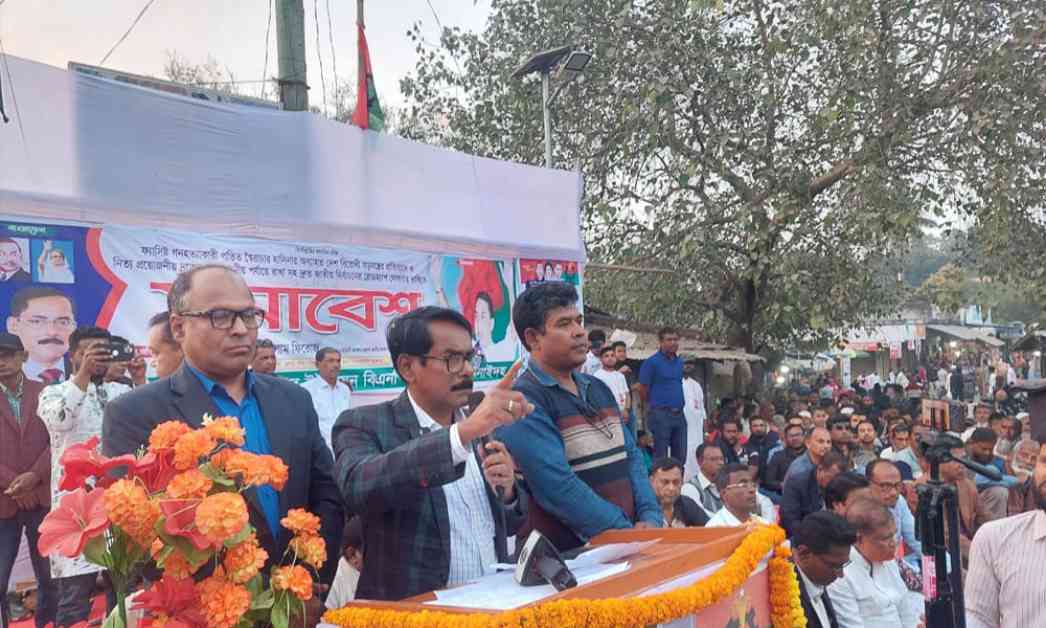The article delves into the controversial figure of Sheikh Hasina, offering a nuanced perspective on her public image. Published on February 12, 2025, the piece sheds light on the evolving perceptions surrounding the prominent female leader.
Challenges and Criticisms
One of the central themes explored in the article is the complex nature of Sheikh Hasina’s legacy. As a seasoned journalist, I have observed how she has been both revered and reviled by different segments of society. While some view her as a transformative leader who has brought about significant progress in the country, others criticize her for authoritarian tendencies and allegations of corruption.
Expert political analysts weigh in on the challenges that Sheikh Hasina faces in navigating these contrasting perceptions. Dr. Rahman, a renowned scholar in Bangladeshi politics, notes, “Sheikh Hasina embodies the complexities of power and leadership. Her ability to navigate these challenges will determine her long-term legacy.”
Impact on Society
Beyond the political realm, the article delves into the broader impact Sheikh Hasina has had on society. Through a series of interviews with local residents, a more nuanced picture of her influence emerges. One interviewee, a small business owner in Dhaka, reflects on the changes he has witnessed under Sheikh Hasina’s leadership. “While there have been positive developments in infrastructure and economic growth, there are also concerns about freedom of speech and democratic values,” he observes.
This humanizing touch adds depth to the narrative, painting Sheikh Hasina as a multifaceted figure who elicits a range of emotions and opinions from the public. As a seasoned journalist, I strive to capture these nuances to provide readers with a comprehensive understanding of the issues at hand.
In conclusion, the article paints a compelling portrait of Sheikh Hasina as a controversial yet influential figure in Bangladeshi politics. By examining the diverse perspectives and voices surrounding her, readers are invited to engage with the complexities of power, leadership, and public perception. As events continue to unfold, it remains essential to approach such discussions with a critical eye and a nuanced understanding of the nuances at play in shaping political landscapes.
